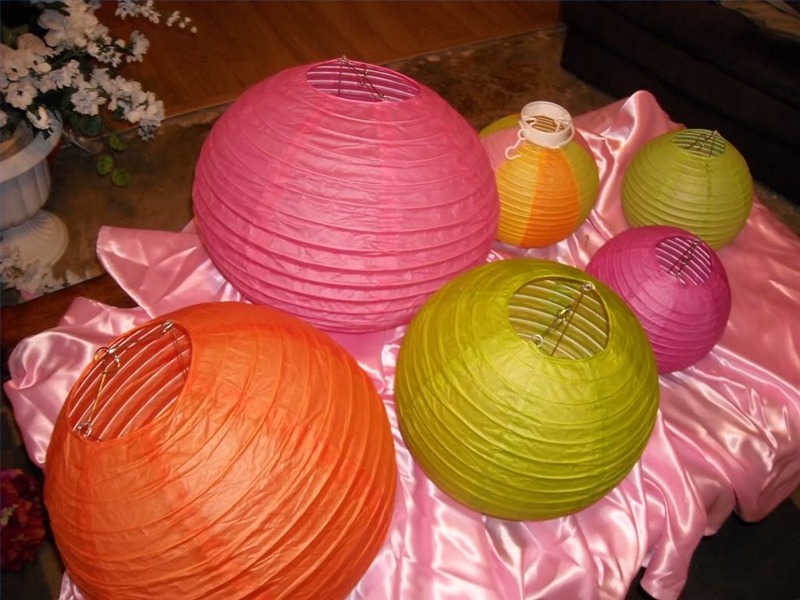
Ravelry is a free social networking site and community that serves as an organizer for fiber arts such as knitting, crocheting, spinning, weaving, and more. Millions of users can share photos, patterns, stories, as well as photos. The website also features forums, chat rooms, and photo albums, which can be useful for spotting new patterns. Ravelry may be a better choice if you want to share your knitting or crochet patterns in a secure environment.
1.4 million registered customers
Ravelry has more than 1.4million registered users. The website allows its members to share their knitting and crocheting projects, ideas, and collections. It has nearly 9 million registered users, and approximately a million monthly active users. The site's users are often crocheters and knitters, who use the site to make new friends and discover new patterns. Ravelry does NOT use targeted advertising. Members are only shown ads related to crafts and hobbies, and it does not have a public relations agency. Ravelry employees handle customer service and a large part of the website's website. Nearly 30000 posts have been made to the public forum by the founder.
Ravelry has many wonderful benefits, including its community. Users can keep track of their knitting projects and take photos. They can also choose to mark finished projects as "FO" (finished object).

Millions of patterns
There are millions of patterns available on Ravelry, and you can sell yours, too! You can sell single or complete kits to make more. Ravelry accepts PayPal payments. This means that you don’t even have to have a PayPal Account in order for Ravelry to pay. Rather, you can use your credit card. If you have a PayPal account, you can use it to pay for your purchases on Ravelry, too!
Ravelry contains more than 1,000,000 patterns. These can make great gifts for family and friends this Christmas. There are so many patterns in the database that you could make a blue whale's suit! Ravelry users meticulously log all their projects and take photographs of each step. The project is marked as an 'FO' (or finished object) when it is complete.
Accessibility issues
After a year of implementing an accessibility redesign, Ravelry users are still facing difficulties. Ravelry users are still experiencing problems due to the redesign. Although the redesign has been improved to be more user-friendly, the problem persists. Ravelry has since apologized for the inconvenience, and is working to remedy the problem. Feel free to comment on any of these issues if you have.
Ravelry users voiced concerns about accessibility in the past. But, Ravelry has discouraged discussion and encouraged bug reporting. Ravelry still has not responded on Twitter. The company has created two surveys that ask for user feedback. Both are linked to an account. Both the questions concern the new logo and navigation bar.

Ravelry politics
Ravelry is a political platform that allows you to explore the political climate. While the platform updated its Community Guidelines to address hate-speech, the social networking site didn't ban anyone who supports another candidate or any other topic. The site does not prohibit conservative political views. Ravelry explained that hate groups were a different group than conservative political views. Ravelry changed their policy. This may disappoint some community members.
Knitting has been a popular pastime for many years, but it is still a sensitive subject. The Women's March 2017 in 2017, for example, sparked political debate in the knitting community. Nearly 5,000 knitters were involved in the creation of this subgroup. Many of them are still active today. Political discussions on Ravelry are a complex topic, so a discussion on these topics could lead to a broad conversation.
FAQ
How do I get started with my new hobby?
To start a new hobby, you must first decide what type of activity you would like to do.
Passion is essential once you have selected your subject.
It is essential to understand the reasons you want to start a hobby. It will provide you with direction and purpose.
Once you've decided what type of hobby you'd like to pursue, you can begin planning.
Think about the equipment that will be needed.
Consider whether you are required to attend classes and seminars.
Make sure that you have enough space in your home for your hobby.
A club or group might be something you consider. These groups are often supportive and offer advice.
Consider how much money you would have to spend on your hobby.
What are some ideas for hobbies?
Hobby Ideas For People Who Love to Teach and Learn.
Hobbies are great ways to spend time doing what you enjoy while learning something new at the same time.
While there are many types of hobbies available, most share the same characteristics. These are fun, easy activities that cost little and don't take too much effort.
They often involve helping others, such as teaching an instrument to someone or building an airplane model.
You might not think about yourself as a teacher, but chances are there's something you could do to help someone else learn.
If you are looking to become more creative in your daily life, you might consider starting a hobby that allows you to share your talents with others.
What are some great hobbies for seniors?
Senior citizens should be able to enjoy activities that they are passionate about. Senior citizens should keep active through participation in physical and sports activities.
They might want to join clubs where they can meet people who share similar interests. They will feel less lonely as their age.
Senior citizens should keep up to date with the latest trends. They could be interested in fashion, art, music and literature.
Statistics
- This 100% accurate personality-analyzing hobby quiz discovers your passion based on your characteristics. (quizexpo.com)
- Studies show that just six minutes of reading can reduce stress levels by 60 percent. (oberlo.com)
- Much of this decline reflects the fact that teens are less likely to work today than in the past; among employed teens, the amount of time spent working is not much different now than it was around 2005. (pewresearch.org)
- I am 100% biologically a woman (discover.hubpages.com)
- In comparison, men in the “no humor” condition were refused 84.6% of the time and were only accepted 15.4% of the time. (time.com)
External Links
How To
How to get started gardening
Gardening is one the oldest forms. You need patience, perseverance, and determination. The first step in starting your own garden is choosing a location where you want to grow food. You can choose to have a large area or a small one in your backyard. Next, decide what type of plants you want to grow. Do you prefer flowers or vegetables? Some people are passionate about growing herbs, while others like raising livestock like rabbits. You should consider how much space you have available before deciding what types of crops you plan to plant. If you live in a region that experiences cold winters then it is possible to grow fruits and berries.
After you have decided what you want to plant, it is important that you prepare the soil. Your plants' success or failure will depend on the soil they are placed in. The soil should be rich in organic matter to provide nutrients for your plants' roots. Organic matter includes things like leaves, twigs, grass clippings, manure, and compost. After you have prepared the soil, you will need to add nutrients. Depending on the type of plants you plan to grow, you may need different amounts of nitrogen, phosphorus, potassium, calcium, magnesium, boron, zinc, copper, manganese, iron, molybdenum, chlorine, sulfur, sodium, and so on. To determine these values, you can use a fertilizer calculator online. Many fertilizers are available, so make sure you know what you are buying.
After you have prepared the soil and added nutrients, it is time to wait for your seeds germination. This process usually takes anywhere from 2 weeks to 3 months, depending on the weather and the temperature in your area. Once the seeds have sprouted you will need to water them often. Problems can arise if you water your plants too frequently or too little. Make sure to give your plants water at regular times and not overwater. Overwatering could lead to root rot as well as fungal diseases. When watering your plants, remember that most plants require less water during the warm summer months than in winter. Also, remember that certain plants need to dry out after watered. Tomatoes for instance need to remain slightly moist, but not wet. Soggy soil is not good for them. After they have finished flowering, they must go dormant. When plants stop producing new growth, they go dormant and start storing energy for next season's harvest. Dormancy occurs when the plant stops sending signals that tell its roots to produce food. Throughout this period, the plant stores energy. The plant will eventually die if it is not given enough sunlight or temperatures below freezing.
If you live in an urban environment, you may find yourself limited in the kinds of plants that you can grow. Concrete sidewalks, roads and buildings are common in urban areas. They block sunlight from reaching the ground. Concrete absorbs light which blocks sunlight from reaching the ground below. Because of this lack of sunlight, many plants cannot survive in cities. Many plants can still thrive in urban settings. Many perennials, trees, and shrubs are able to adapt to urban living. Many annuals can also grow indoors in pots. You can have fresh greenery all year round with container gardens.
Now you're ready to plant.